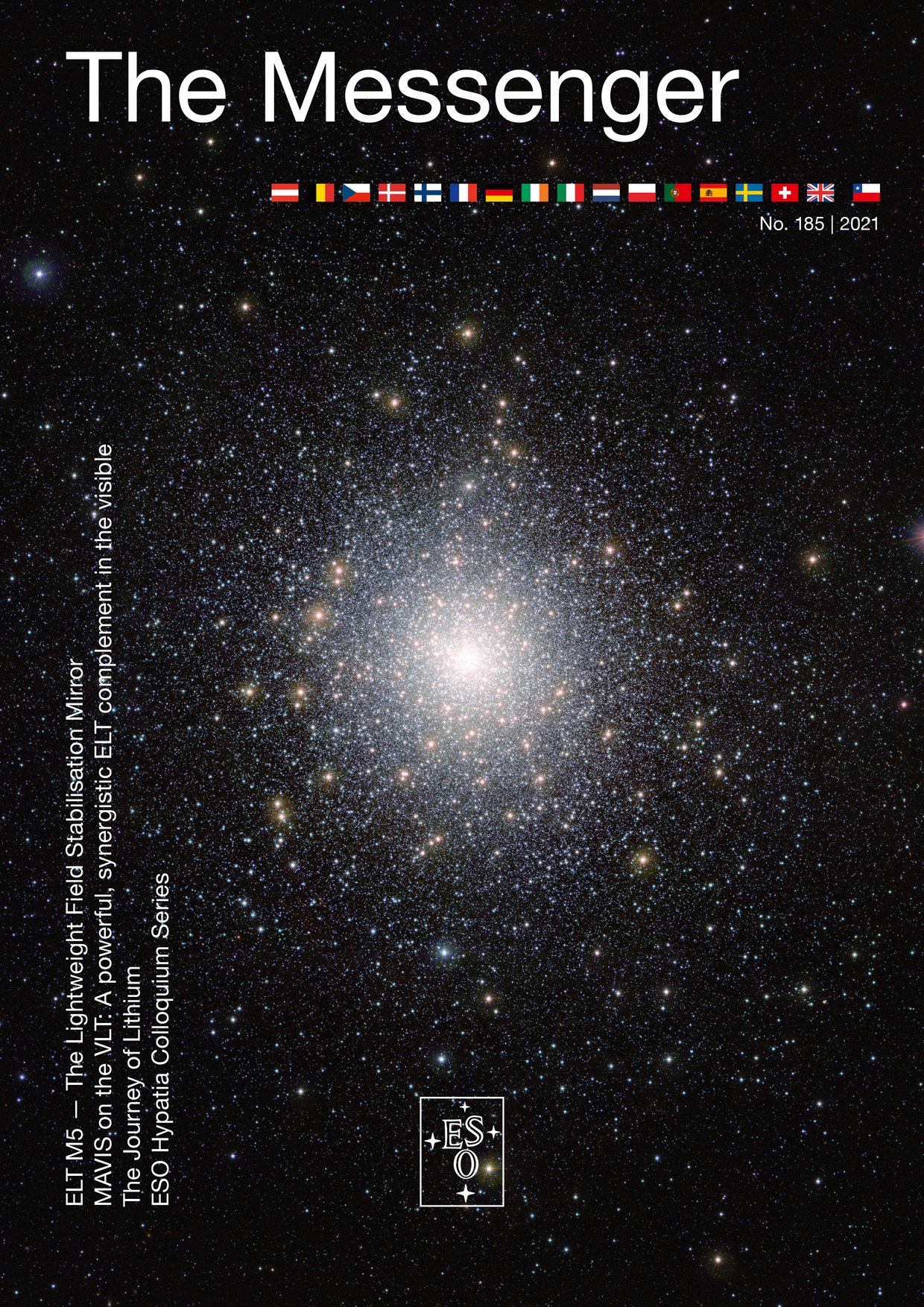Rigaut, F., McDermid, R. et al.
Authors:
Rigaut, F., McDermid, R., Cresci, G., Agapito, G., Aliverti, M., Antoniucci, S., Balestra, A., Baruffolo, A., Beltramo-Martin, O., Bergomi, M., Bianco, A., Bonaglia, M., Bono, G., Bouret, J., Brodrick, D., Busoni, L., Capasso, G., Carolo, E., Chinellato, S., Colapietro, M., Content, R., Cranney, J., de Silva, G., D’Orsi, S., Ellis, S., Fantinel, D., Fusco, T., Galla, A., Gausachs, G., Gratadour, D., Greggio, D., Gullieuszik, M., Haguenauer, P., Haynes, D., Herrald, N., Horton, A., Kamath, D., Magrini, L., Marasco, A., Marafatto, L., Massari, D., McGregor, H., Mendel, T., Monty, S., Neichel, B., Pinna, E., Plantet, C., Portaluri, E., Robertson, D., Salasnich, B., Savarese, S., Schipani, P., Schwab, C., Smedley, S., Sordo, R., Ströbele, S., Vaccarella, A., Vassallo, D., Viotto, V., Waller, L., Zanutta, A., Zhang, H., Seemann, U., Kuntschner, H., Arsenault, R.
Abstract:
On 1 June 2021 ESO and a consortium of Australian, Italian and French institutions signed an agreement for the design and construction of the MCAO Assisted Visible Imager and Spectrograph (MAVIS). This Very Large Telescope (VLT) instrument will push the frontier of new astronomical instrument technologies to provide, for the first time, wide-field, diffraction-limited angular resolution at visible wavelengths. In combination with the VLT Adaptive Optics Facility, it will use multi- conjugate adaptive optics (MCAO) to feed a 4k × 4k imager covering 30 × 30 arcseconds, as well as an Integral Field Spectrograph (IFS). Angular resolution down to 18 milliarcseconds will be achieved at a wavelength of 550 nm (V band). The IFS will provide four spectral modes, with spectral resolutions from 4000 to over 15000 between 370 and 950 nm. This will enable a wide variety of science cases, spanning themes that include the emergence of the Hubble sequence, resolving the contents of nearby galaxies, star clusters over cosmic time and the birth, life, and death of stars and their planets. Delivering visible images and integral- field spectroscopy at an angular resolution two to three times better than that of the Hubble Space Telescope will make MAVIS a powerful complement at visible wavelengths to future facilities like the James Webb Space Telescope and the 30–40-metre-class ground-based telescopes currently under construction, which are all optimised for science at infrared wavelengths.


